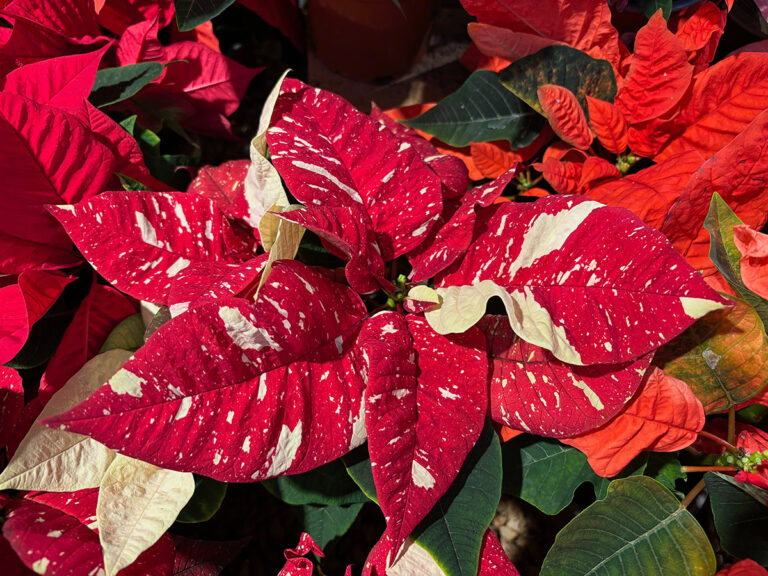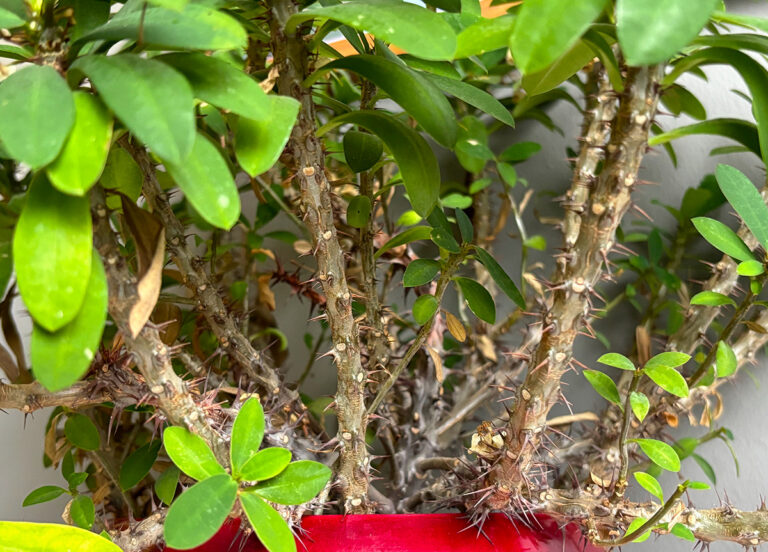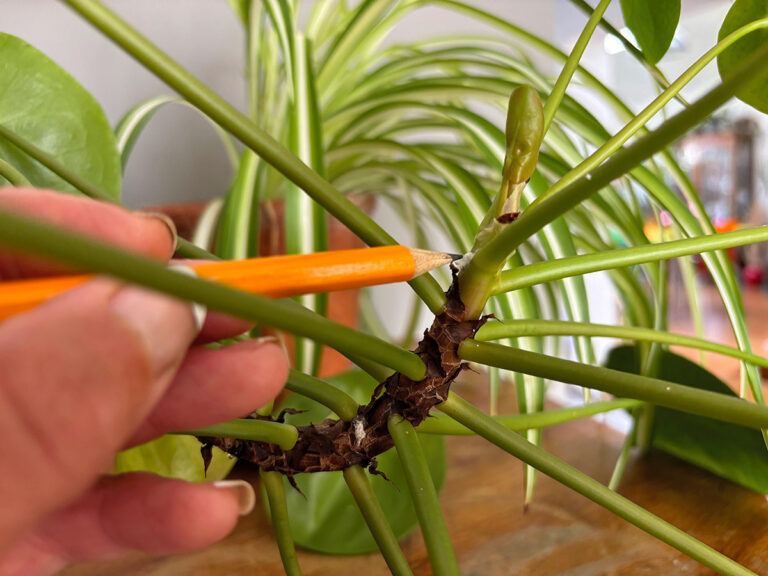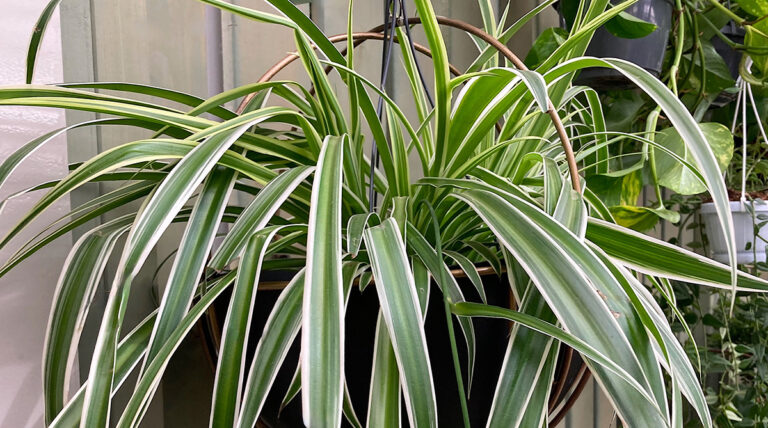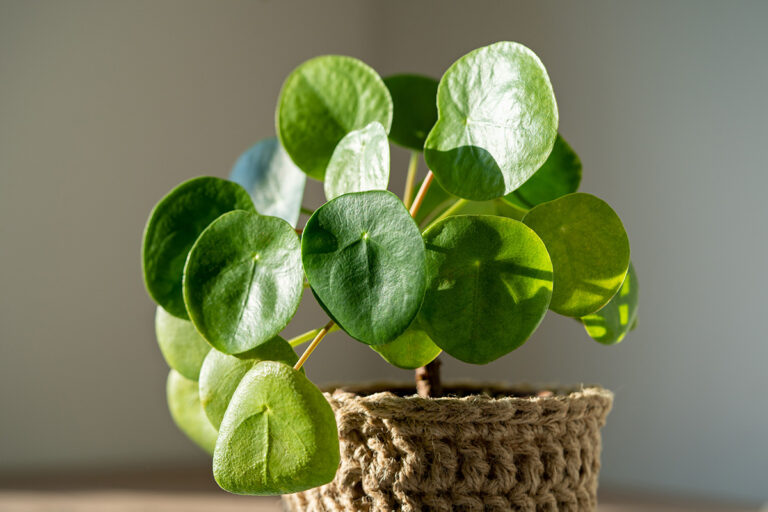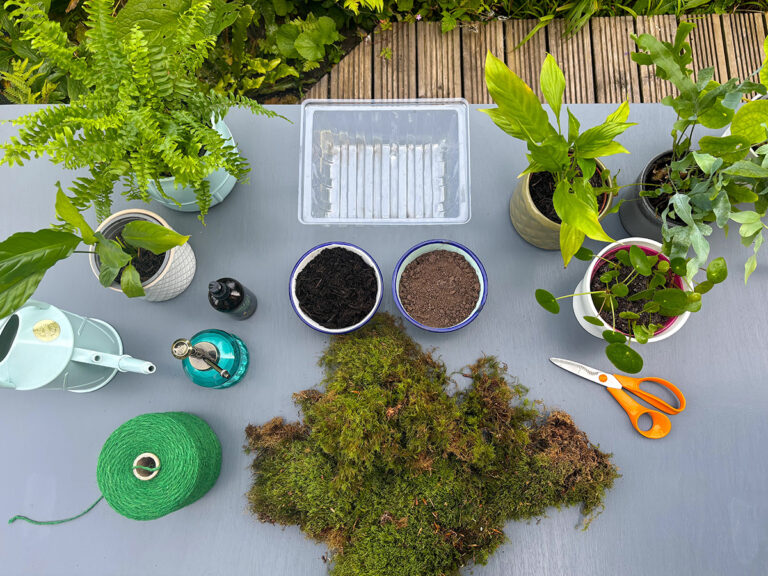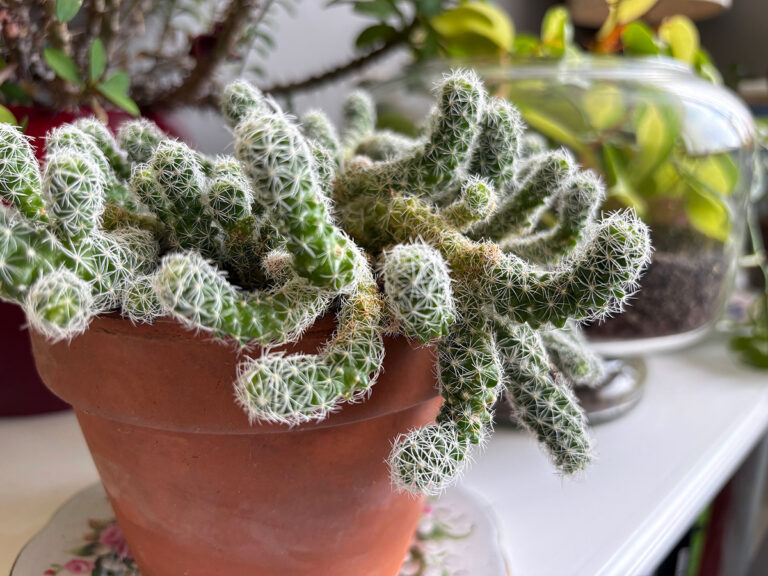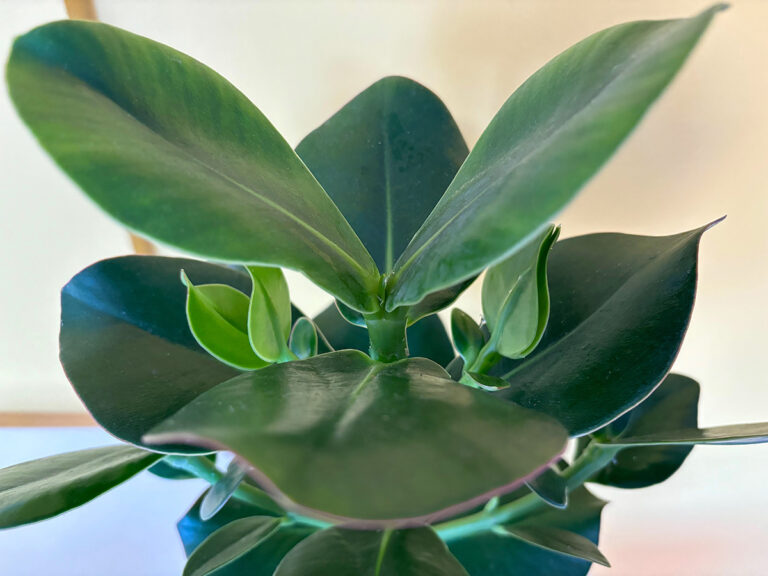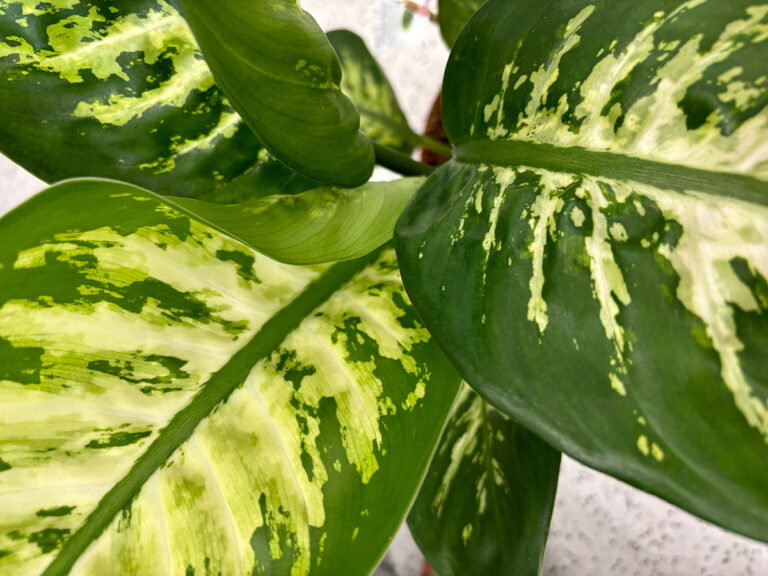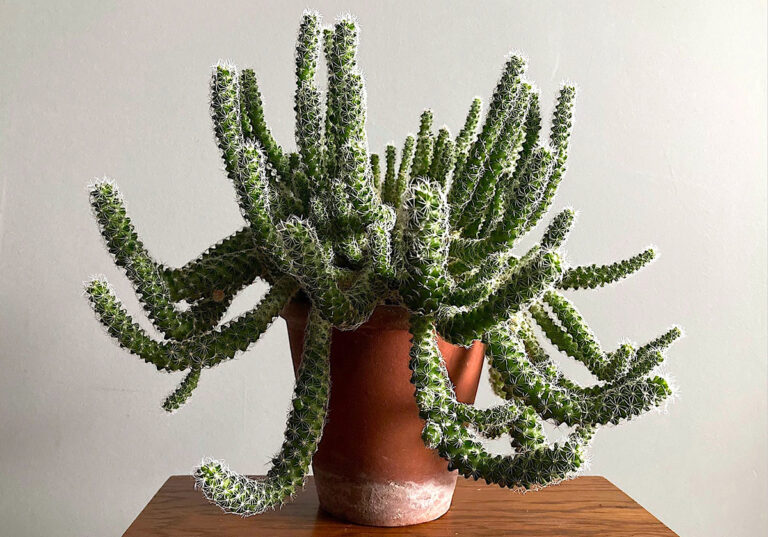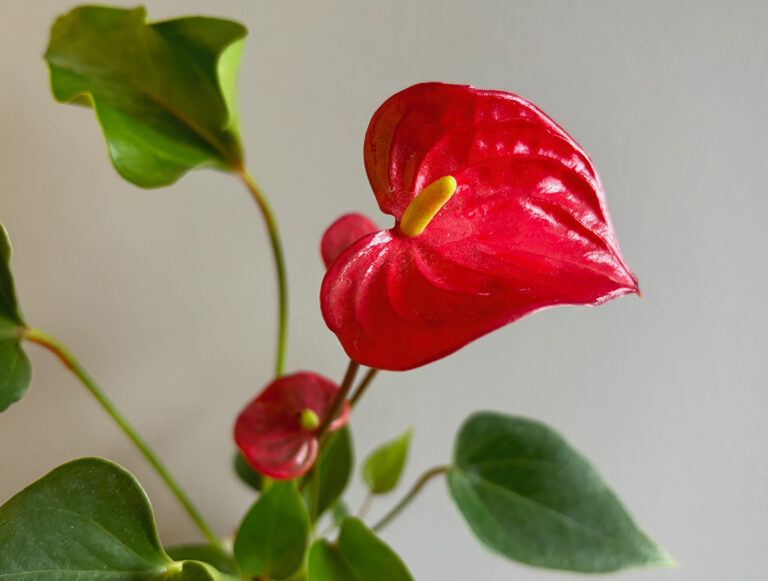Feeding houseplants
Plants in the garden have it easy. They can use their roots to seek out nutrients in the soil to ensure healthy growth but houseplants are completely reliant on us to keep them well fed. Yet, all too often we forget to fertilise our indoor treasures, allowing them to limp on for weeks, months and sometimes years, with very little sustenance.
Lack of feeding
Houseplants are grown in compost that contains low levels of fertiliser that keeps them going for a while but is used up quickly by plants. The lack of nutrition in compost might not be immediately obvious in our plants but their vigour will be affected, along with their ability to produce flowers. Sadly, weaker plants are more vulnerable to attacks by pests and disease.
What houseplants need
All houseplants need a good supply of nitrogen, phosphates and potash, along with so-called trace elements to ensure they reach their full potential. Inspired by professional formulations, our Fortifying Houseplant Tonic contains 13 essential nutrients that are perfectly balanced. Among them are magnesium, iron and kelp extract to stimulate cell growth.
When to feed
It’s best to feed houseplants regularly during their growing season, a period that generally runs from March to September. During this time, feed every other time you water. Apart from some flowering houseplants, most are dormant over winter, so require fewer nutrients to keep them in good shape. Either stop feeding completely or give them some nourishment with every fourth watering.
How to feed
Feeding plants with Plantsmith Fortifying Houseplant Tonic is a doddle. For mature plants, simply mix 5ml (roughly four pumps) of our tonic with a litre of water, and 5ml of tonic with 2 litres of water when feeding younger plants. Apply to the top of the compost with a long, thin spouted watering can to avoid splashing leaves. Pour gently and steadily, stopping once water drains out of the bottom.

